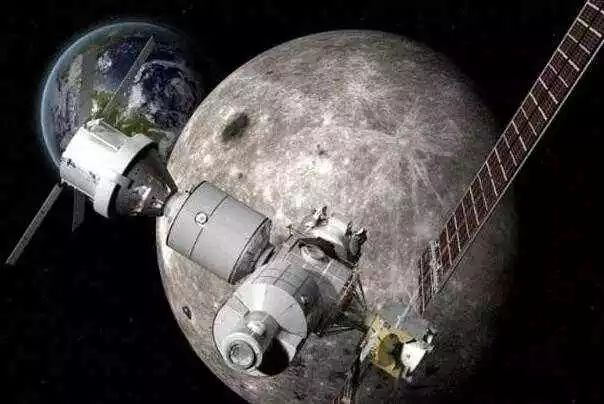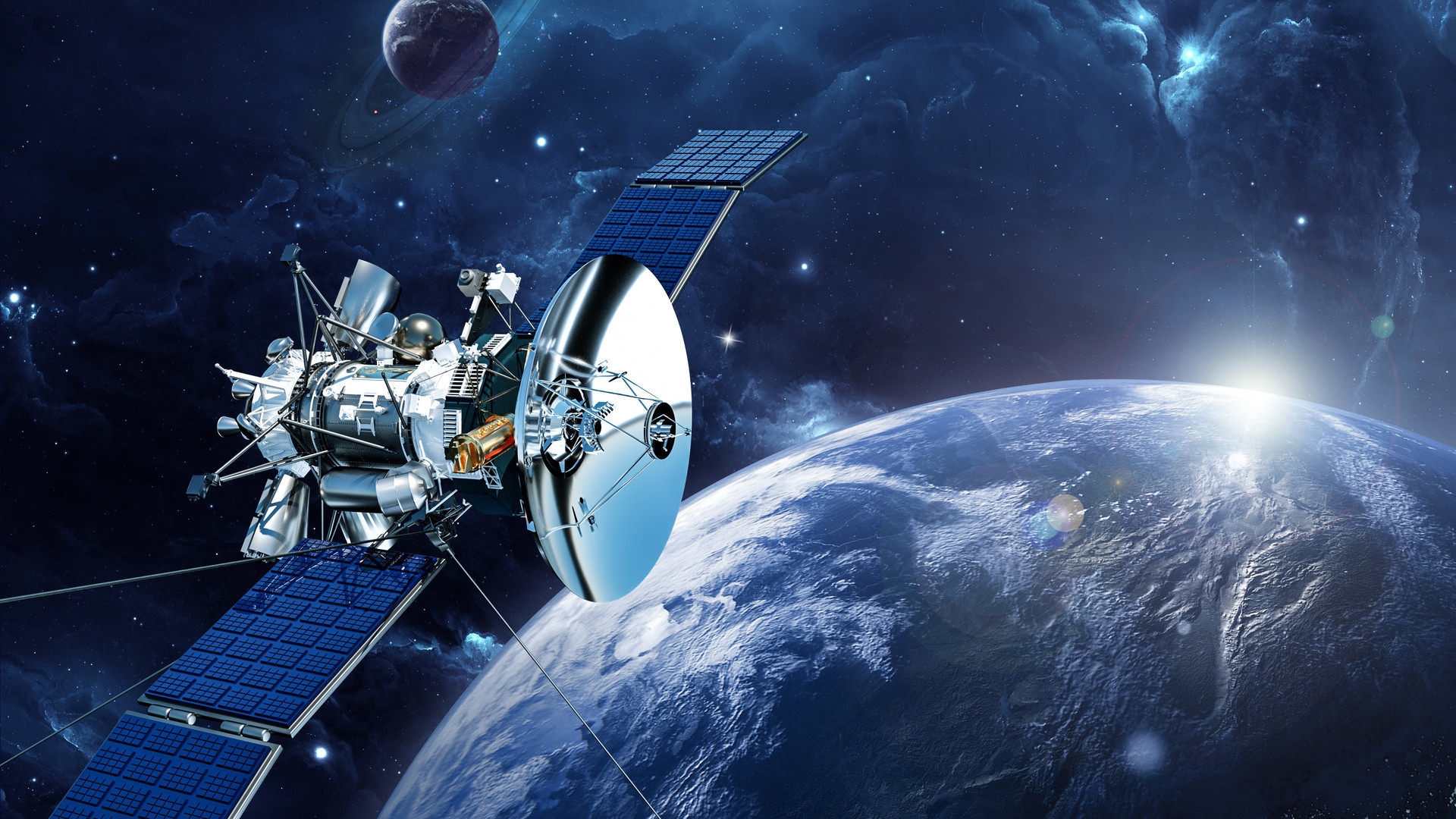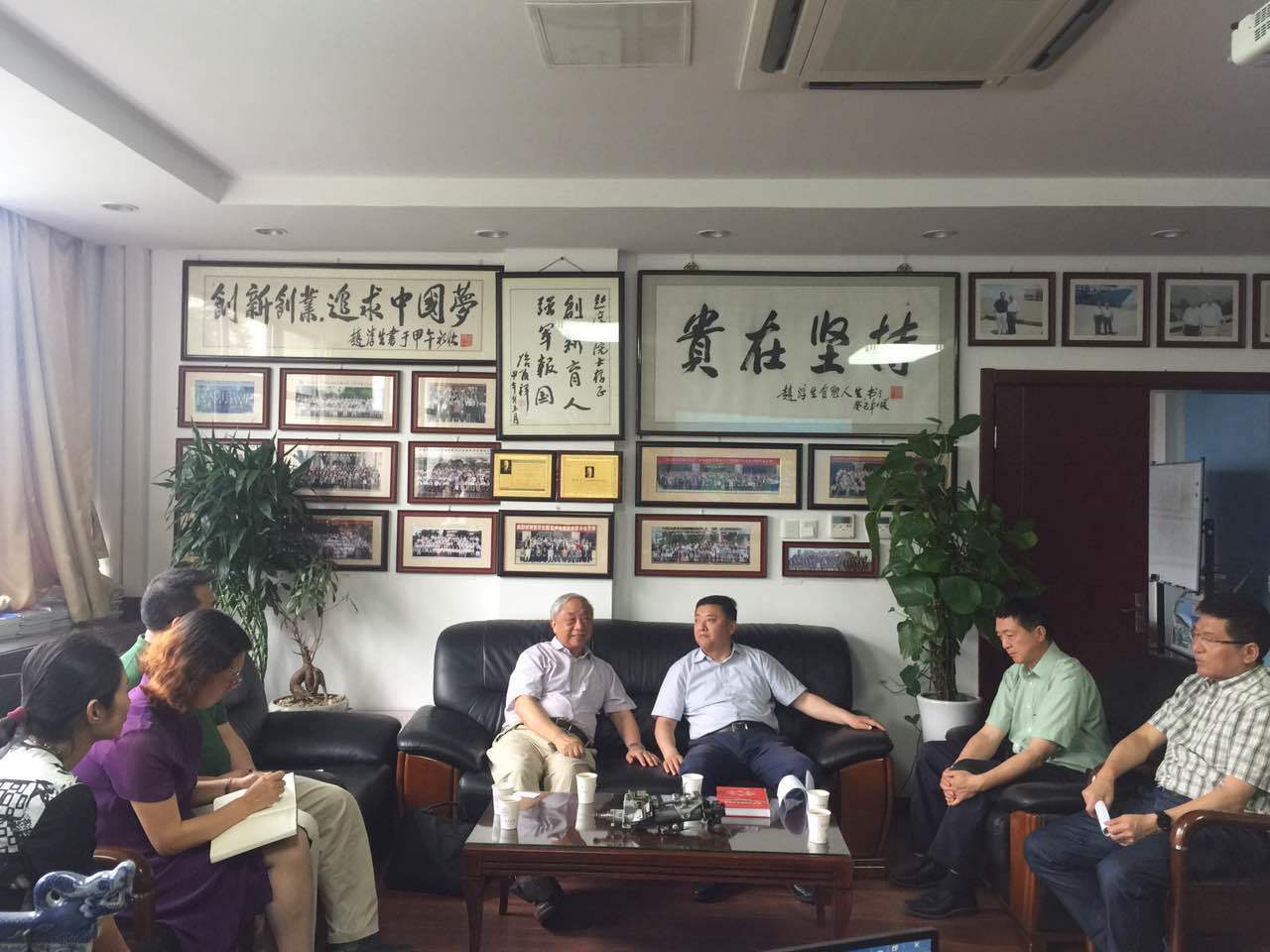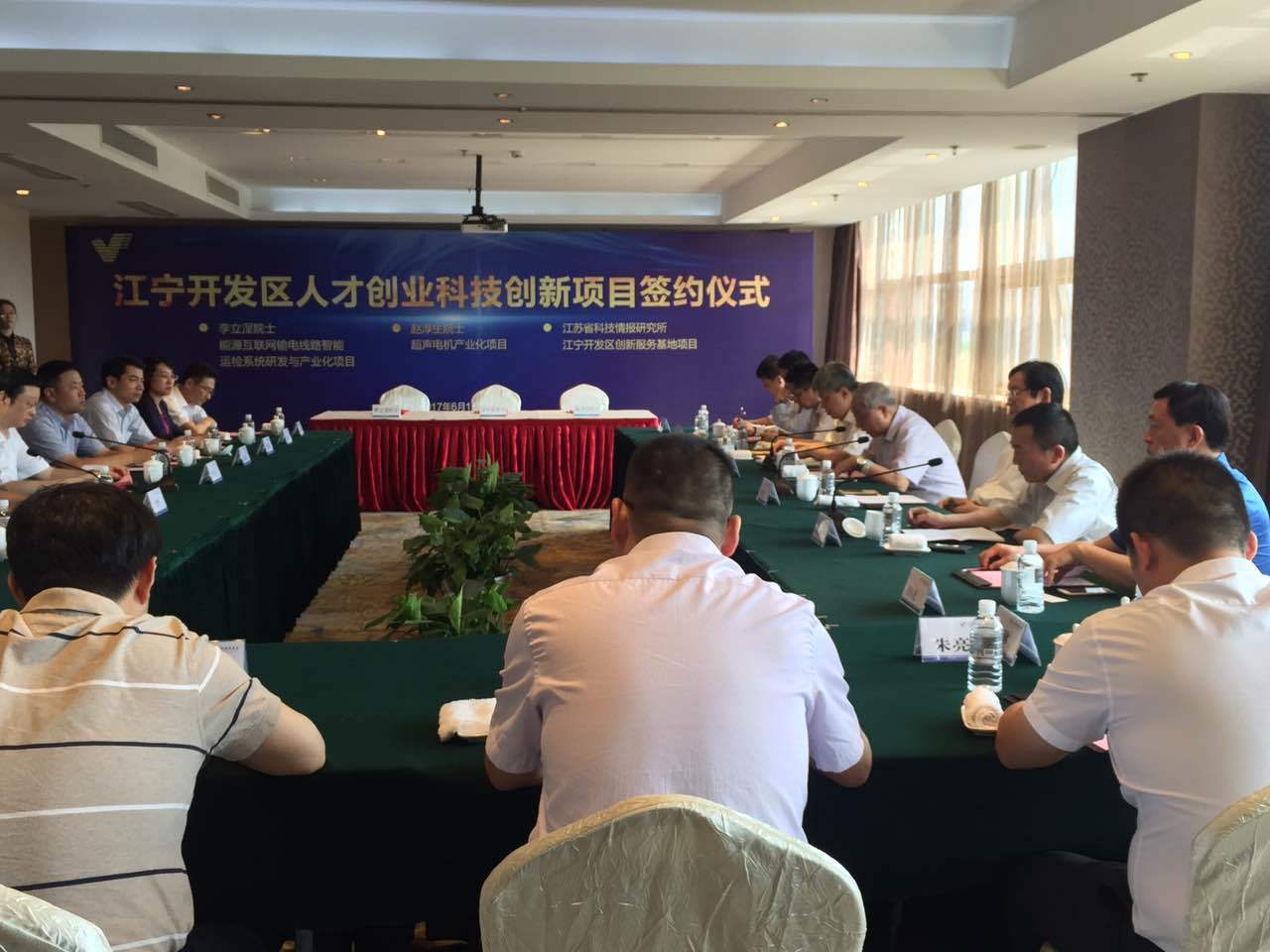Aerospace engineering
Release time:
2018-10-16
With the advancement of science, the requirements for traditional motors have been difficult to achieve. As a new-type micro-motor, the ultrasonic motor has the advantages of simple structure, low spe
Application of ultrasonic motor in aerospace engineering
First, the application of ultrasonic motor in aircraft--vibration
 The aircraft has a dangerous self-excited vibration - flutter. Once the flutter is generated, it will cause the machine to die. How to prevent chatter is a very important issue in aircraft design and experimentation. In addition to some traditional measures, the current advanced method is to use a control system to make the aircraft quickly follow the moment when the flutter begins to occur. This is the so-called active suppression of aircraft flutter.
The aircraft has a dangerous self-excited vibration - flutter. Once the flutter is generated, it will cause the machine to die. How to prevent chatter is a very important issue in aircraft design and experimentation. In addition to some traditional measures, the current advanced method is to use a control system to make the aircraft quickly follow the moment when the flutter begins to occur. This is the so-called active suppression of aircraft flutter.
Active chatter suppression is a servo-aeroelastic stability problem that is designed to interact with aircraft structures, aerodynamics, and control systems, including the combined effects of elastic, inertial, aerodynamic, and control forces. Domestic and international aviation technology circles have been studying aircraft flutter for many years. In the early flutter active suppression study, the actuator that drives the control surface to rotate uses a hydraulic servo system. With the emergence of new technologies and new materials, various new types of actuators have emerged.
At different frequencies, the ultrasonic motor drive surface movement is very good for the input command. The ultrasonic motor can be used as the control panel actuator to effectively suppress the wing flutter and also to some extent the wing flutter critical. Speed is improved. Ultrasonic motors have the advantages of low speed and high torque, self-locking of power failure, fast response and large torque/mass ratio, making it the best choice for actuators on the control surface.
Second, the application of ultrasonic motor in interstellar exploration
 Because the ultrasonic motor is not affected by electromagnetic radiation in space, it can maintain good mechanical properties in a environment with severe temperature difference changes, and it also has small mass characteristics, which is very suitable for inter-satellite exploration.
Because the ultrasonic motor is not affected by electromagnetic radiation in space, it can maintain good mechanical properties in a environment with severe temperature difference changes, and it also has small mass characteristics, which is very suitable for inter-satellite exploration.
US spacecraft, Mars probes, nuclear warheads, etc. have applications of ultrasonic motors. France also used its linear ultrasonic motor for its Helos satellite. The ultrasonic motor jointly developed by JPL and MIT in the United States is applied on the microlander foe mars exploration. The ultrasonic motor has a torque of 2.8 N•m and a temperature of -100 ° C. The mass is 30% lighter than conventional electromagnetic motors. . Ultrasonic motors are used in spacecraft camera systems that are six times smaller than conventional electromagnetic motors.
NASA's Coddar Space Flight Center has specially developed three kinds of circular traveling wave ultrasonic motors with diameters of 27.94mm, 63.5mm and 71.12mm, which are used to drive the micro-mechanical arms on space-walking robots. It is 0.05 N•m, 0.11 N•m and 0.68 N•m. NASA uses ultrasonic motor as the main consideration of the mechanical arm joint actuator; first, the ultrasonic motor can work stably under vacuum environment and high and low temperature environment; secondly, the structure of the mechanical arm is compacted in order to reduce the weight.
Related Applications

















 hj@hjqp.cn ywj@hjqp.cn
hj@hjqp.cn ywj@hjqp.cn
 0511-86355528
0511-86355528
 在线留言
在线留言
